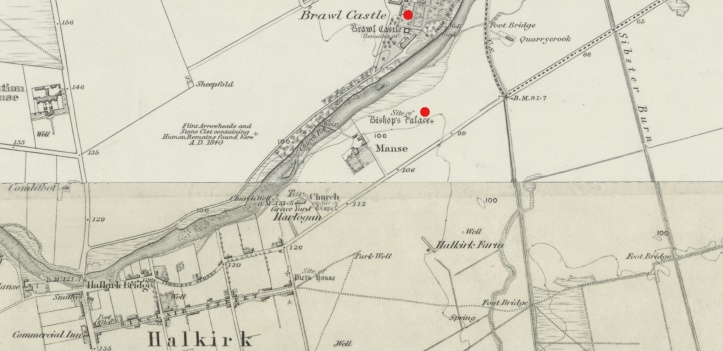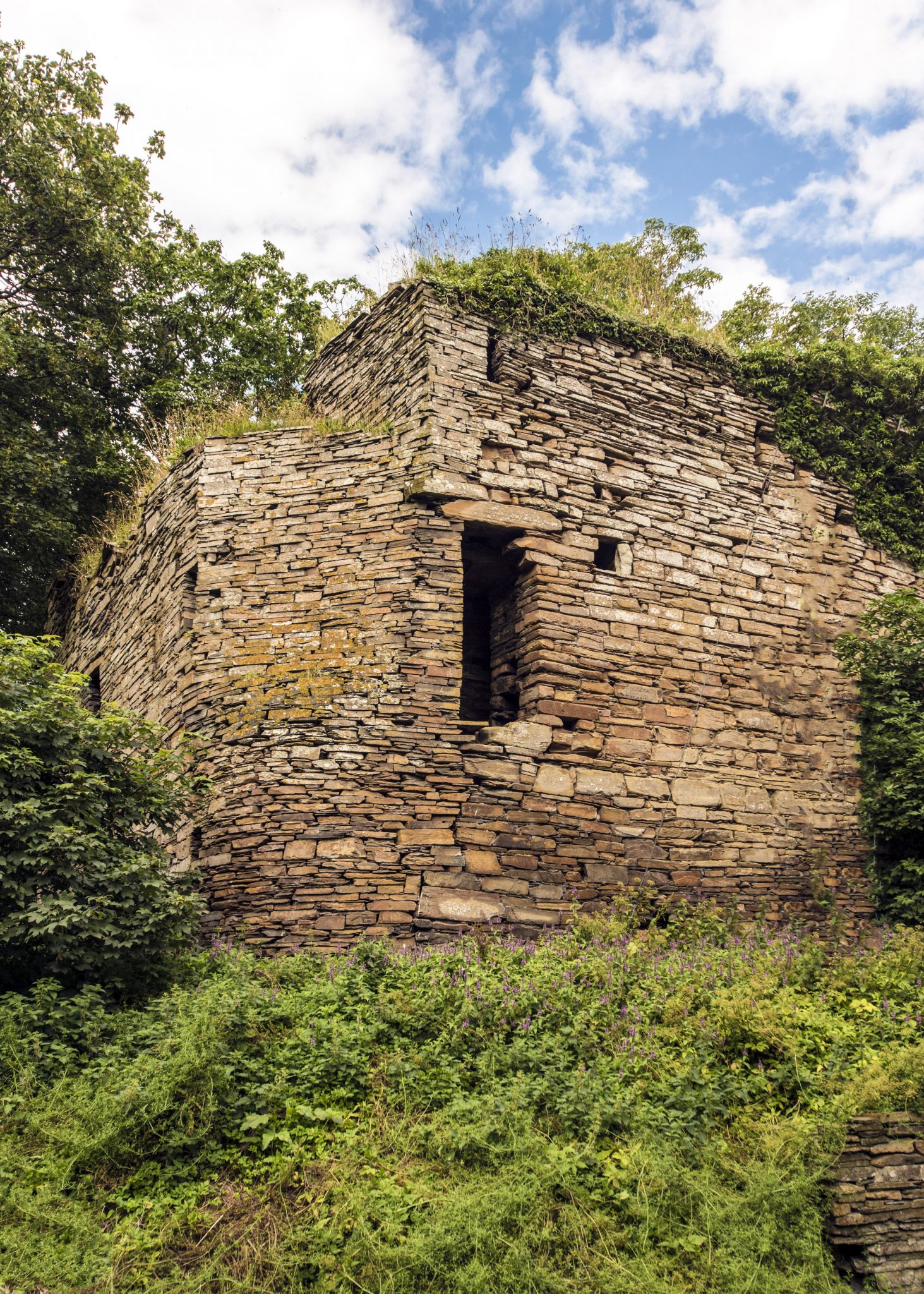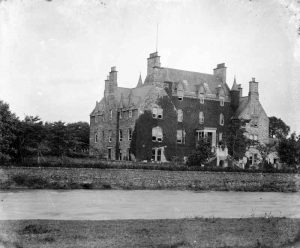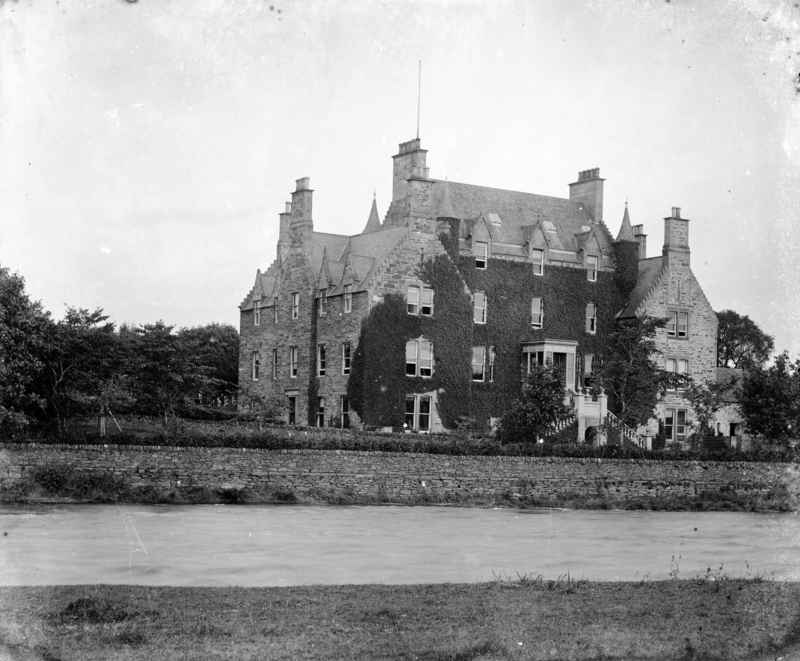The original Castle at Braal probably dates back to the mid-14th Century and is deeply rooted in the strong Nordic influence that reigned in the north of Scotland at the time. It’s tucked away behind the three-storey 19th Century building known as Braal Castle, close to the banks of the River Thurso at Halkirk, reputed to be Britain’s first ‘planned town’. Built of rough local stones, the rectangular two-storey tower has impenetrable walls between 8 and 10 feet thick. The entrance door was on the first floor and it’s likely a wooden stair would have been used for access, which could be easily retracted to keep the occupants safe.
As Nordic control waned and the Scottish Kings became the main authority, the castle came into the ownership of the Sinclairs, a prestigious and influential family, whose estate stretched across the county. During the period of early ownership, it was one of their secondary family seats and allegedly used for the incarceration of prisoners! I expect the basement, with only two narrow slits in the walls, and the entrance from a trapdoor into the first floor hall, would have provided an impregnable jail for confinement.
Across the river from the site of Braal Castle – which has also been known as Brathwell and Brawl down the centuries – once stood the Bishop’s Palace. During the early 13th Century, Bishop Adam, formerly of Melrose, was resident in his fine quarters by the river. It was custom at this time for the Bishop to receive taxes from the local people in the form of measures of butter, called a ‘spann’, traditionally one spann for every 20 cows owned. This arrangement seemed to work satisfactory for a while, but when greed got the better of Bishop Adam and he began increasing taxes to one spann per 15 cows, then 12, and 10, finally doubling the tax, the locals had definitely had enough and decided to revolt! Outraged, they seized the Bishop, locked him into his kitchen and set the place on fire. A rather gruesome revenge … but it seemingly didn’t quite end there. The King of Scotland, Alexander II, retaliated by hanging some of the conspirators and badly mutilating many more. There are a few different versions of this medieval tragedy, but they all seem to lead to the same brutal finale. There’s no trace left of the Bishop’s Palace at Halkirk, just a few historic maps exist to pinpoint the site.
I wonder if there’s any ghostly tales down the ages associated with these grim goings on … my search continues!



